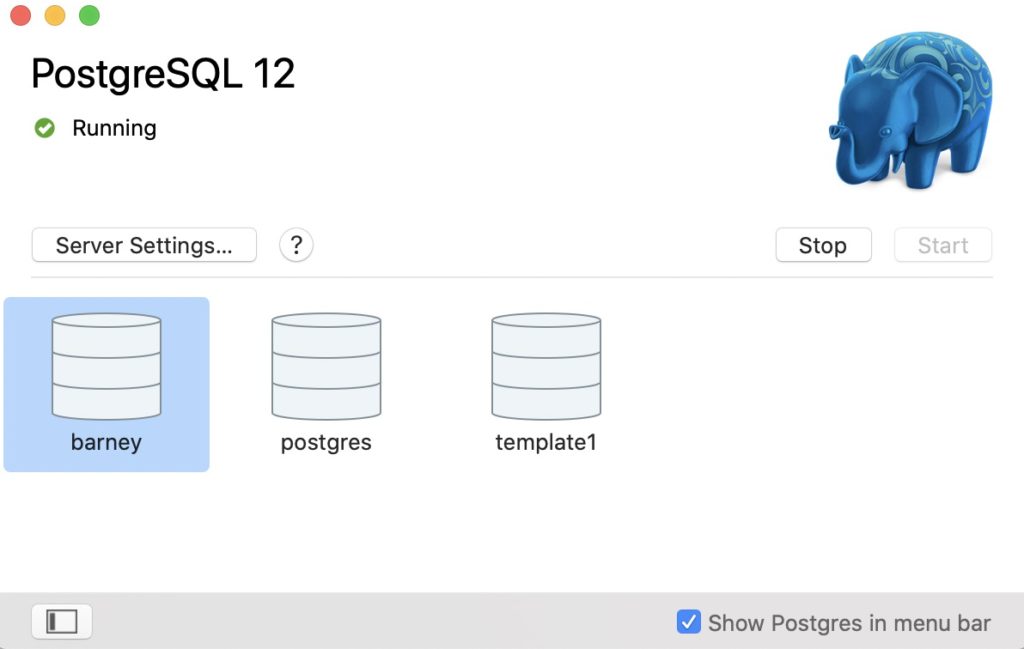
#Postgres app vs homebrew how to#
This guide demonstrates how to install Postgres on an Ubuntu 20.04 server. It’s standards-compliant and has many advanced features like reliable transactions and concurrency without read locks. Installing PostgreSQL with Homebrew is very easy. PostgreSQL, or Postgres, is a relational database management system that provides an implementation of the SQL querying language. When you do that, the folder will be moved to the trash. When doing so, you will be prompted to input your administrator password. You have to move the PostgreSQL folder and the remaining contents into the trash. At the end, it will tell you that the uninstall is complete, but that your data was not removed. Click on that to uninstall PostgreSQL from your machine. Because it is completely ACID-compliant and provides transaction isolation and snapshots, many applications are using Postgres these days. Inside, you will see something called the PostgreSQL uninstaller. Postgres performs better than some other databases because it supports concurrent write operations without the need of read/write locks.
#Postgres app vs homebrew upgrade#
To uninstall the install, click on your Macintosh HD icon on your desktop, go into Library folder, and then into your PostgreSQL folder which resides inside the Library folder. Zuerst würde ich empfehlen, zu laufen, brew doctorum sicherzustellen, dass Ihre homebrewInstallation noch intakt ist.Es weist Sie auf Änderungen hin, die nach dem Upgrade vorgenommen werden müssen. It involved getting rid of the standard account which had been created by the Migration Assistant during the restoration of my data and subsequent migration to my new computer, getting rid of the install I had made yesterday, re-installing PostgreSQL with Homebrew, and making sure that I added a postgres user afterwards that contained a password (it does not by default). It had screwed up my PostgreSQL install when it was migrated to my current machine, and getting rid of all traces of my download(s) from was a bit of a challenge.

Part of it actually had to do with the (relatively new) Migration Assistant on Mac OSX. Unfortunately, I had initially stumbled clumsily and imperfectly through the process, making a few errors along the way.

Which takes me back to my battle with PostgreSQL on my machine in a way that suited my needs.Īs I had mentioned in my previous post, I wanted the ability to play around with PostgreSQL and view it in a Graphical User Interface (GUI), but also have all the features of a Homebrew install. If you don’t know how to use them properly, your programming will suffer! Getting to know the tools you use as a developer is just as important as learning to program. This post was originally published on my developer blog June 17, 2018. This post assumes that you have already backed up your existing databases somewhere (if you cared about them!).


 0 kommentar(er)
0 kommentar(er)
